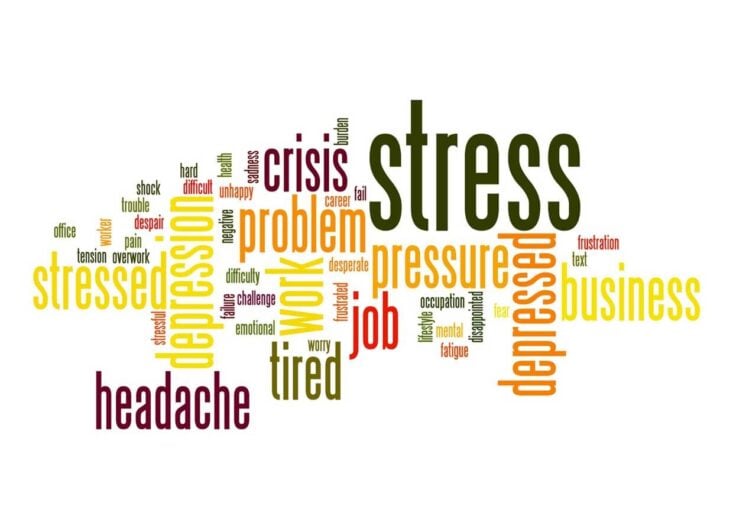Language is continually evolving, and the words and acronyms used to talk about gender and sexual minorities are no different. Today, LGBT is the most common acronym used to refer to lesbian, gay, bisexual and transgender people and others whose sexual orientations and gender identities differ from straight, cis-gender identifications.
However, the acronym has been changing pretty consistently since the 1980s, and it continues to evolve today, leading to many extended acronyms like LGBTQ+ and LGBTQIA+. These expanded acronyms aim to be more inclusive than their predecessors, but some of the letters can be confusing for people who aren’t familiar with the identities they represent or why the changes are considered significant. Here’s a brief overview of the changing LGBT acronym and its meaning.
A History of Change
The history of the LGBT+ acronym begins in the late 1960s and early ’70s when “gay” and “lesbian” began to replace the clinical term “homosexual” to classify people attracted to their same gender. The gay liberation movement adopted the terms during the fight for equality and quickly became common.
The first acronym for the gay community, LGB, entered use in the 1980s and was followed soon after by LGBT in the 1990s. Since then, the community’s acronym has taken on new letters to keep up with changing understandings of the intricacies of sexuality and gender identity.
Though today’s acronym may seem like a mouthful, the addition of new letters helps diverse people in the community feel represented and included.
Letters in Debate
Some debate often follows changes in terminology, and as the LGBT+ acronym has expanded and evolved, no shortage of questions has been raised. The letters Q, I and A are the most debated new additions.
Q, which stands for queer, is an especially debated letter because of the word’s history as a slur. It’s generally accepted by younger generations, though, and the advocacy group GLAAD recommends media groups use Q in the acronym when referring to the community.
Though queer has been reclaimed as a positive identity marker by many individuals, some people still find the term unsettling and offensive. For this reason, you should always avoid placing a label on others — instead, ask them how they personally identify first.
What It All Means
Even for those inside the community, some letters in the ever-evolving acronym can be confusing. Here are all of the most common terms and definitions included in the expanded LGBT+ acronym today:
- L for Lesbian: A woman who is attracted only to other women; after Sappho, the legendary poet and woman-loving-woman from the Greek island of Lesbos
- G for Gay: A man who is attracted only to other men; an umbrella term for people who are attracted to the same gender
- B for Bisexual: A person who is attracted to people of their same and different genders. Though some people feel that the dual connotation of “bi” reinforces the outdated idea of binary genders, many bisexual people appreciate the term for its historicity and use it to mean attraction to multiple genders, not just men and women.
- T for Transgender: A person whose gender differs from the sex or gender assigned to them at birth; an umbrella term for people who have gender identities that differ from the binary genders assigned to them at birth, including binary trans people (trans men and trans women) and non-binary people.
- Q for Queer: A formerly derogatory term reclaimed and used to describe non-cisgender, non-straight people; often used as an identifier by people who don’t want to use more limiting terms such as lesbian or gay.
- Q for Questioning: A person who is still questioning their sexual orientation or gender identity.
- I for Intersex: A person whose biology doesn’t align with traditional definitions of “male” or “female,” often related to variations in sex chromosomes, hormones, reproductive organs or genitalia. Some intersex people consider themselves LGBT+, while others do not.
- A for Asexual: A person who experiences little or no sexual attraction to people of any gender.
- A for Ally: A cis-gender, straight person who works to support the community. Its inclusion in the acronym is heavily debated.
- P for Pansexual: A person whose attraction is unrelated to gender; a person who is attracted to all genders.
- + for Everyone Else: As understanding of sexuality and gender has grown, so has the amount of available terminology. To include people who identify with other terms — or with no established terms at all — the plus sign is included.
Understanding the changing acronyms used to refer to gender and sexual minorities today is essential for anyone. Language is powerful, and having words to describe different experiences empowers change, social progress and acceptance — even as it requires people to expand their vocabularies.














